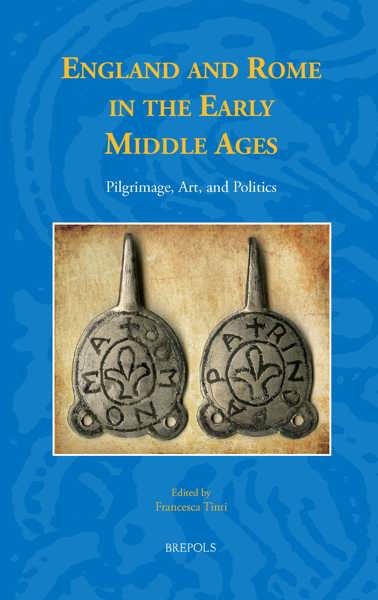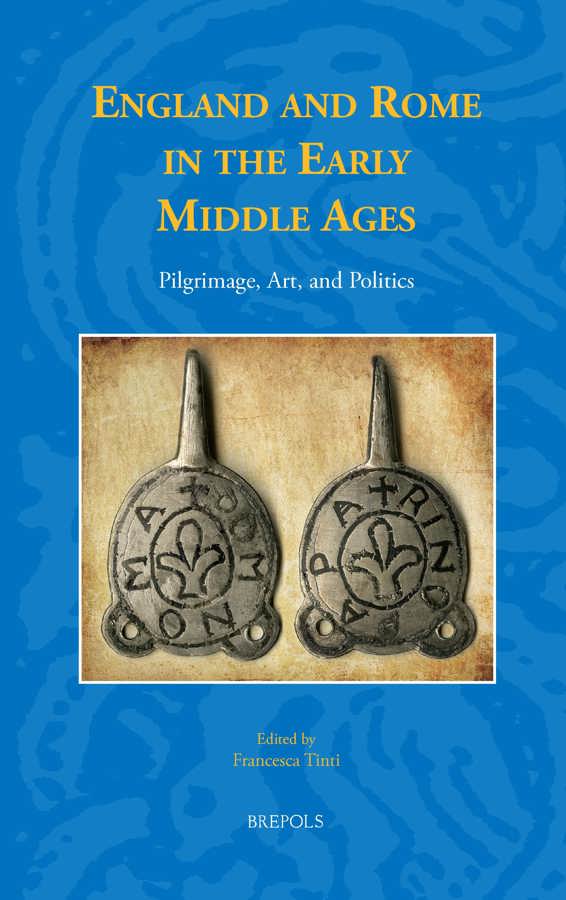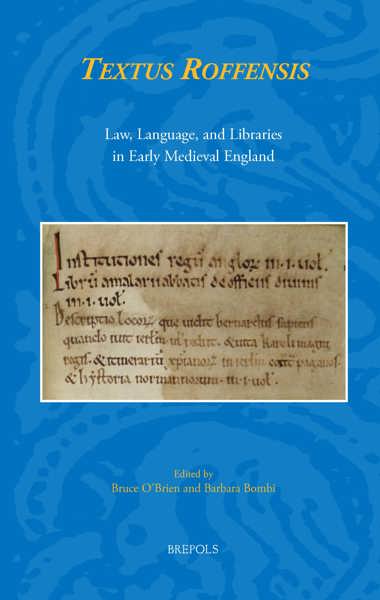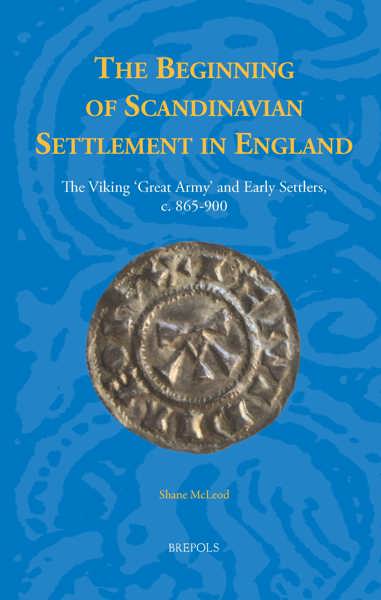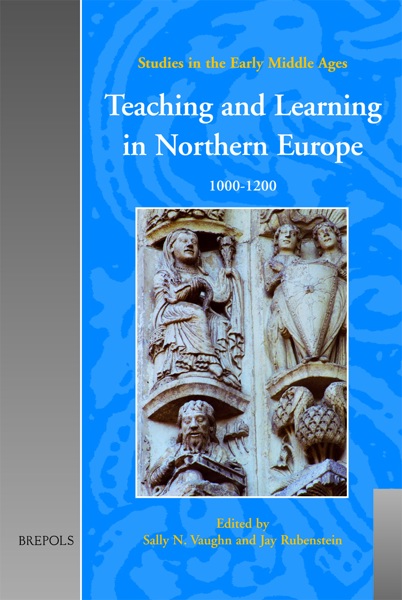
- Pages: x + 381 p.
- Size:156 x 234 mm
- Illustrations:7 b/w, 3 tables b/w.
- Language(s):English, Latin, Old English
- Publication Year:2014
- € 110,00 EXCL. VAT RETAIL PRICE
- ISBN: 978-2-503-54169-3
- Hardback
- Available
- € 110,00 EXCL. VAT RETAIL PRICE
- ISBN: 978-2-503-54204-1
- E-book
- Available
A fascinating, multi-faceted insight into the relations between England and Rome from the seventh to the eleventh century.
" (...) the volume under review marks the first devoted exclusively to the relationship between England and Rome as opposed to that of England and the Continent as a whole. The results are valuable and welcome. (...) Each essay is finely argued by established authorities in their respective subjects. Readers also will be pleased to find both extensive footnotes and full bibliographies that accompany each entry. (...) this is a volume rich in detailed historical information and invaluable to anyone interested in the subject." (Charles B. McClendon, in: The Medieval Review, 15.08.54)
"Some essays overlap and usefully interlock, but the breadth of topics and disciplinary approaches is impressive, and the essays strike a very good balance between providing a historical and bibliographical survey of their topics along with presentation of new research findings, and suggestions for further lines of enquiry. (...) Under the meticulous editorial hand of Francesca Tinti, from Introduction through to Index, this volume emerges as a major contribution to the study of relations between Anglo-Saxon England and Rome. Its strengths lie in its setting out of summative discussions combined with accounts of productive new lines of research in progress." (Greg Waite, in: Parergon, 32.1, 2015, p. 278-279)
"Insgesamt jedoch bietet das sorgfältig redigierte Buch vielfältige Möglichkeiten zum Einstieg in das Thema, der durch ein umfassendes Ortsund Personenregister und die jedem Beitrag einzeln beigegebenen Literaturverzeichnisse noch erleichtert wird. Auch dadurch, dass in den Fußnoten konsequent auf Parallelen in den anderen Beiträgen verwiesen wird, eröffnet der Band den Leserinnen und Lesern jenseits der Spezialbeiträge gelungene Zugänge zu den römischangelsächsischen Beziehungen im Frühmittelalter." (Philipp Winterhager, in Francia-Recensio 2015/4, Mittelalter - Moyen Âge (2015), http://www.perspectivia.net/publikationen/francia/francia-recensio/2015-4/ma/tinti_winterhager)
"(...) this volume offers a variety of perspectives on, and brings new material and interpretations to, a well-studied issue; it will be of significance not only to those scholars whose interests encompass England or Rome, but also to scholars of the European Middle Ages more generally." (Hellen Foxhall Forbes, in: The Mediaeval Journal 5:2, 2015, p. 136-139)
This volume explores the special connection that linked England and Rome between the seventh and the eleventh centuries, a topic which in spite of its relevance and attraction has never before been dealt with in a publication of this scale and depth. By bringing together scholars from different countries and disciplines and by relying on important recent archaeological findings that have led to a firmer knowledge of early medieval Rome, the volume provides a detailed and integrated investigation of the ways in which contacts between England and the Eternal City developed across the early Middle Ages. With special attention to major themes such as pilgrimage, artistic exchange, and ecclesiastical politics, the essays in this volume show the continuity of the Anglo-Saxons’ relations with Rome as well as the ways in which, over time, these adapted to different circumstances. They also show that Anglo-Saxon England should not be thought of as just a passive recipient of influential cultural trends, but rather as an important player in the multi-faceted world of early medieval Europe in which Rome, by now the city of the popes, kept its centrality as a source of spiritual and political power.
Introduction: Anglo-Saxon England and Rome — FRANCESCA TINTI
Not All Roads Lead to Rome — DAVID A. E. PELTERET
Beyond Rome: The Cult of the Archangel Michael and the Pilgrimage to Apulia — LUCIA SINISI
Hosting Foreigners in Early Medieval Rome: From xenodochia to scholae peregrinorum — RICCARDO SANTANGELI VALENZANI
Rome: The Pilgrims’ City in the Seventh Century — ALAN THACKER
Anglo-Saxons Underground: Early Medieval graffiti in the Catacombs of Rome — LUISA IZZI
Roman Highlights and their English Afterlife — VERONICA ORTENBERG WEST-HARLING
Peter’s Pence and Before: Numismatic Links between Anglo-Saxon England and Rome — RORY NAISMITH
Alcuin, Rome, and Charlemagne’s Imperial Coronation — MARIOS COSTAMBEYS
The Rise and Fall of the Archbishopric of Lichfield in English, Papal, and European Perspective — THOMAS F. X. NOBLE
The Archiepiscopal Pallium in Late Anglo-Saxon England — FRANCESCA TINTI
The Performance of Piety: Cnut, Rome, and England — ELAINE TREHARNE
Index
